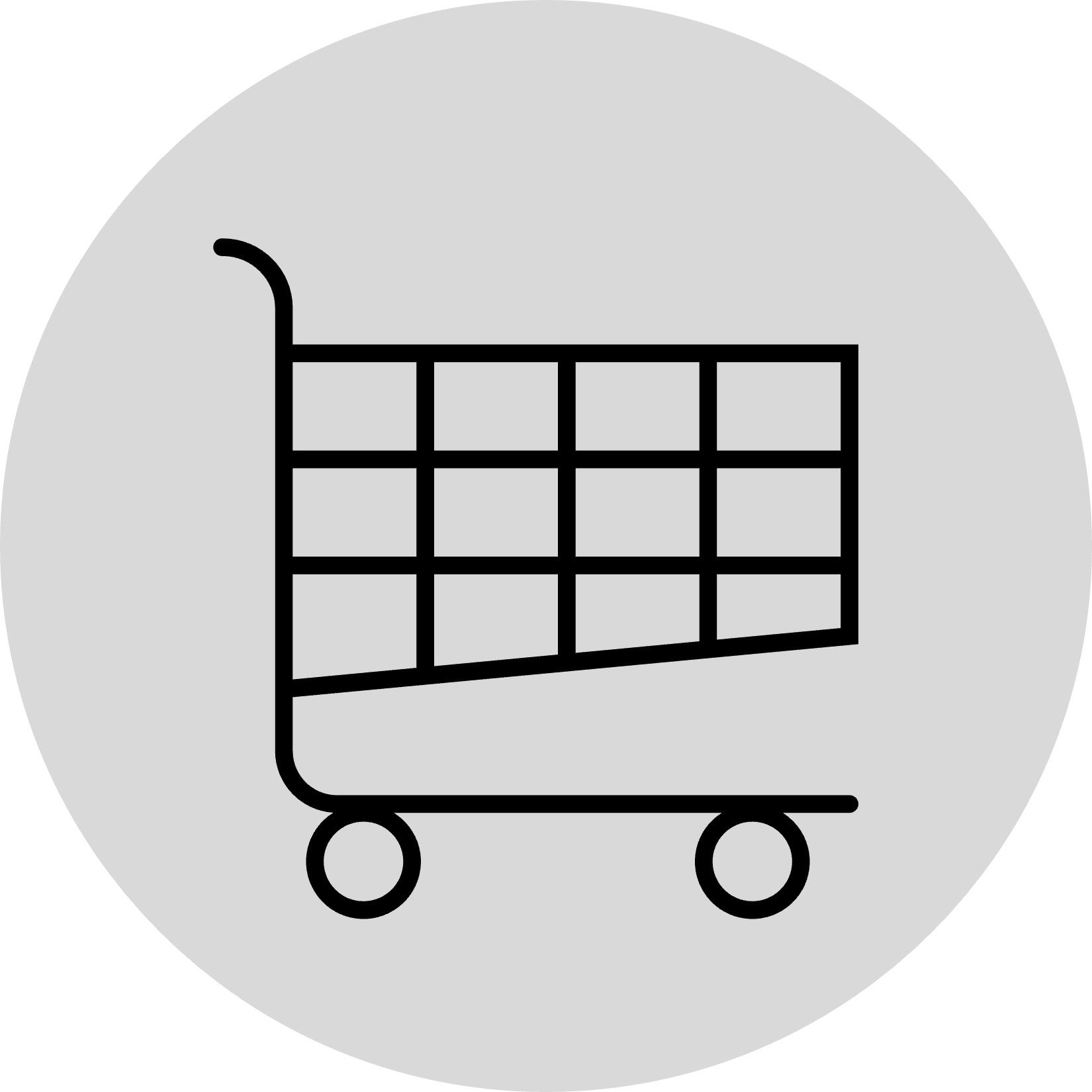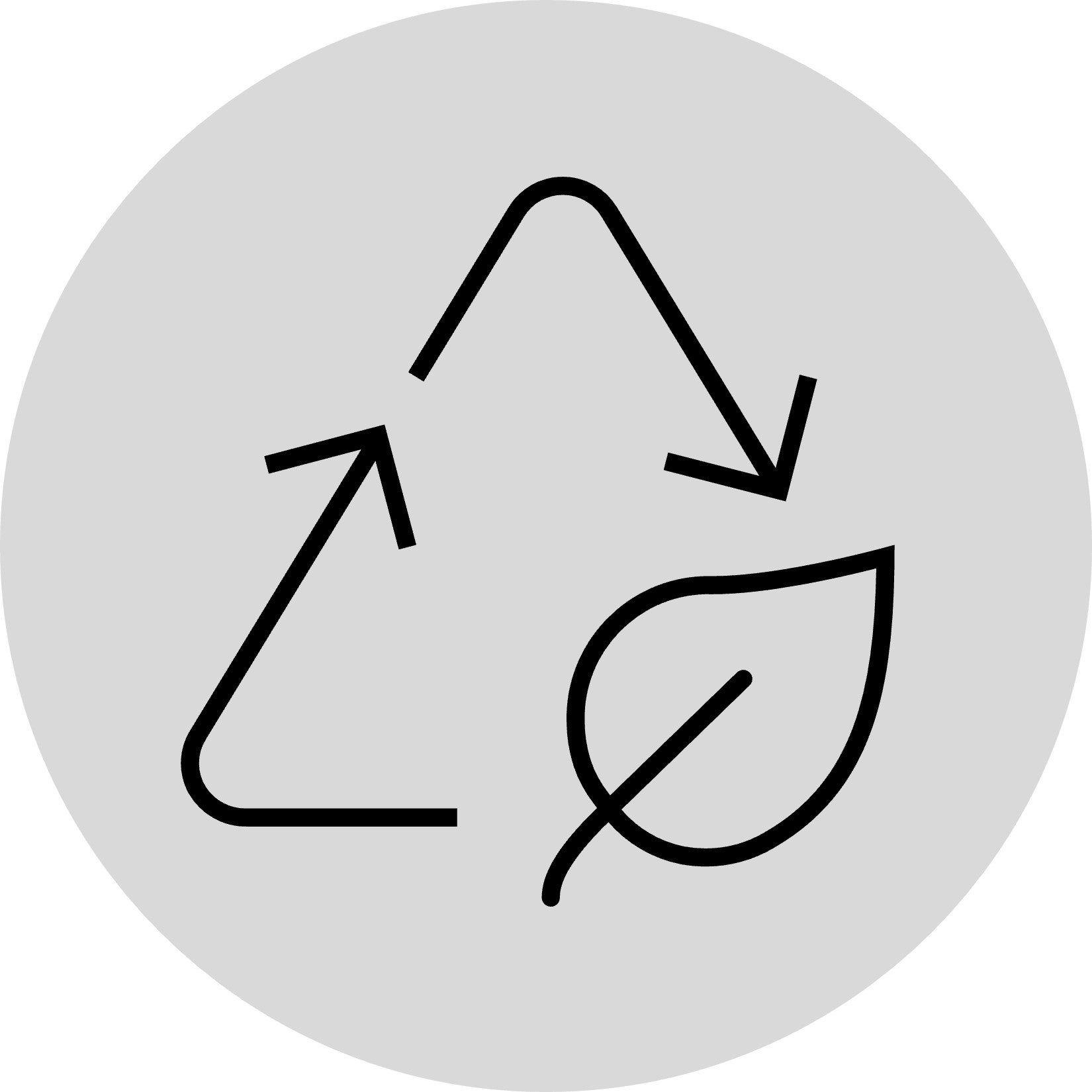
Overview
We're empowering more sustainable purchasing decisions.
Purchasing decisions have significant direct and indirect sustainability impacts. Understanding and integrating environmental and social considerations into procurement can make better decisions that factor in long-term operating costs, efficiency, and risk management, reduce environmental impact within and beyond the campus, and improve Waterloo's corporate social responsibility throughout the supply chain
Sustainable procurement is by no means easy. It requires rethinking the way things are typically bought, and sometimes questioning the decision to buy something at all. Employees have an important role to play in purchasing on campus, and we hope these resources and guidelines help to empower sustainable choices:

Minimize unnecessary purchases
The product that doesn’t need to be purchased has the lowest environmental footprint! Ensure that there are no pre-existing products or resources that can fill the need.
Some resources to consider:
- Central Stores surplus program for equipment and furniture

Consider lifecycle costs
Upfront purchase price is not the only cost to consider. Ongoing costs for energy, waste, or consumables can sometimes cost more than the product itself, so consider lifecycle costs when making a decision.
Some resources to consider:
- Waterloo's Lifecycle Costing Guideline

Buy credibly certified products
Look for reputable eco-logos or certifications for products that reduce environmental impact, issued by third-party suppliers.
Some resources to consider:
- Ecolabel Index for credible environmental labels

Buy circular
A circular economy is one that reuses materials and minimizes waste. Look for recycled content, durability and ability to be repaired, recyclable packaging, and take-back or reuse programs.
Some resources to consider:
- 4RepairKW repair workshops

Buy from green suppliers
Consider supporting vendors and suppliers who are embedding sustainability in their own practices and supply chains. Note, this is done automatically for large purchases (>$100,000).
Some resources to consider:
- Green products search on Staples Eway
Purchasing guidelines
Specific resources and guidelines have been developed for key product purchases on campus, including cleaning products, furniture, IT, office supplies, and paper. Additional categories will be added over time.
Learn more
Still have questions? Explore some definitions and additional resources for more information.
If your department is scoping out an RFP (Request for Proposal) and would like support, please contact Mat Thijssen at the Sustainability Office (mthijssen@uwaterloo.ca).












